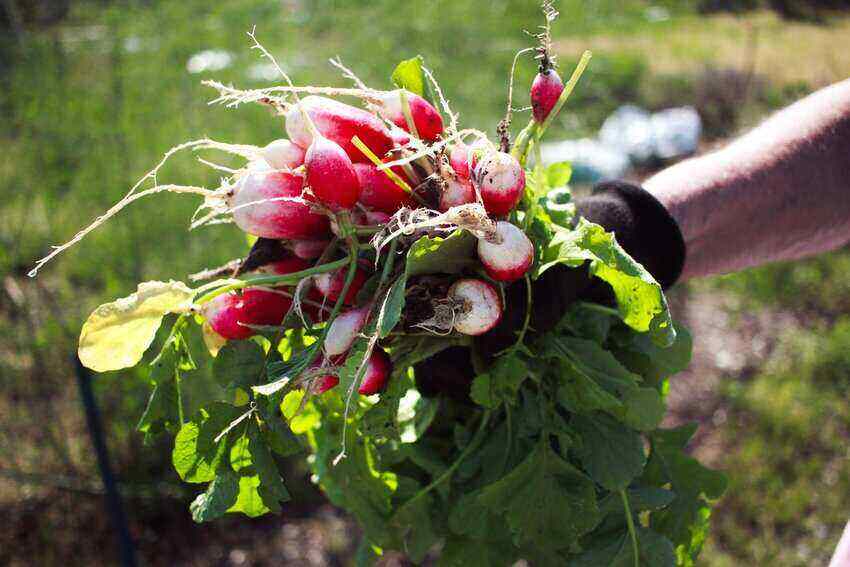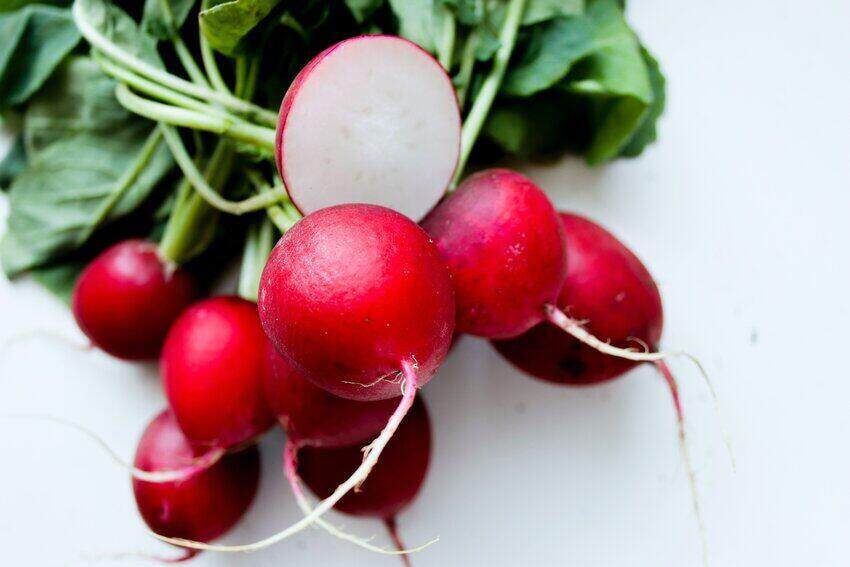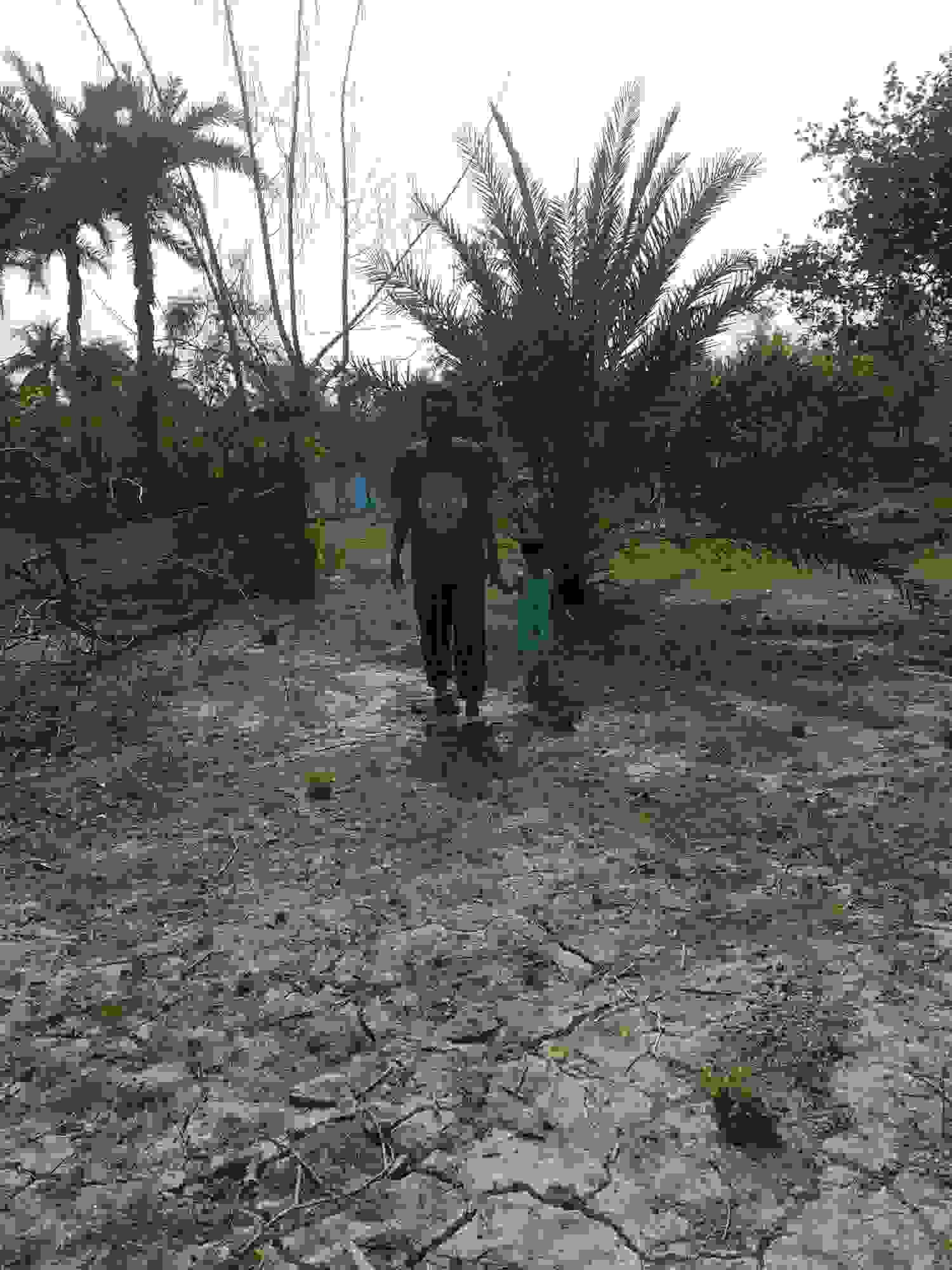Radishes are famous for their tasty root that offers so many health benefits. However, consumers often find bolted radishes that might result from any external pressure or any other environmental issues.
Thus, the question arises can you eat bolted radishes? To be honest, there’s no harm in eating bolting radishes, but they’ll have a bit undesirable taste that might taste like buds to most consumers’.
However, still, you can have bolted radishes in the form of pickled. So if you want to know more about bolted radishes you’re at the right place. Here in this article, we’ll discuss bolted radishes in detail. So let’s get started.
Everything You Should Know about Bolting in Radish and Can You Eat Bolted Radishes

What is Bolting in Radish Plants?
Just like humans, radish plants also have different growing stages. They belong to the Brassicaceae (cabbage or mustard) family having edible roots.
However, sometimes due to external stress, cultivation, or environmental factors, they tend to produce flowers or seeds at a premature stage. This is the phenomenon known as bolting.
Not only radishes but also many other plants and vegetables prone to bolting like broccoli, basil, cauliflower, cabbage, cilantro, lettuce, onions, fennel, carrots, leeks, etc.
What Are The Reasons for Bolted Radishes?
Why do radishes bolt? As mentioned earlier plants do have tends to go to bolt because of the high temperatures and the extended daytime hours this is also the exact same reason for bolted radishes.
Radishes crops thrive during the chilly season. They should be planted in the early spring or late autumn (like onions), when the temperatures are between 10 and 16 degrees Celsius (50 to 65 degrees Fahrenheit), and the day duration is short to moderate.
While they are developing, they need a substantial amount of moisture. Radishes tend to bolt in the summer because of the higher temperatures and longer days, which may be prevented by planting them later in the spring or earlier in the autumn.
Even if you can chop off a radish bloom, you shouldn’t eat radishes that have bolted since they have a more unpleasant, bitter taste and their texture tends to be woodier.
Can You Eat Bolted Radishes?
Basically, radish belongs to the cabbage family and features an edible root with a bit of spicy and sweet taste. But, sometimes bolted radishes are produced instead of healthy radishes.
That brings us to the next question which is if the bolted radishes are edible or not. Well, you can eat bolted radishes but they are not as tasty as normal radishes. They have a more spicy and unpleasant flavor compared to regular radishes.
The Process of Eating Bolted Radishes
You may be wondering, what to do with bolted radishes? The most preferable way of eating bolted radish is pickled radish. Making pickled radishes is a very simple process. Let’s check the steps here.
Pour the water, rice vinegar, wine vinegar, sugar, and salt into a saucepan and bring to a boil over medium-high heat and stir constantly. Wait for the brine to reach room temperature before using it.
After filling the jars with the radish pods, pour the brine over them and be sure the radish pods are completely submerged in the liquid.
Before serving, keep the pickled food at normal temperature and out of the direct sunshine for a minimum of four hours. Pickling anything in the refrigerator overnight gives it the greatest taste.
How To Prevent Radish from Bolting?
There’re a variety of strategies available for preventing bolting in radish plants. It is important to plant them when temperatures are between 50 and 65 degrees Ferhenhite since their ideal growing conditions are cold and damp (10 to16 0 C).
On top of that, they’ll develop more quickly and flower if the temperature is any higher. Those that are cultivated in temperatures that are lower will also have a more subdued taste.
Radishes that were sown in the spring need to be picked as soon as possible, preferably before the heat and long days of summer begin to set in.
After planting, radishes typically reach maturity in 21 to 30 days, which is equivalent to three to four weeks. It would be wise to check on them periodically because of their tendency for developing fairly rapidly.
In general, red radishes are ready to be harvested shortly before they reach a diameter of around one inch (2.5 cm). White types should ideally be collected when their diameter is less than three-quarters of an inch.
There’re certain oriental varieties of radishes that are predisposed to bolting by nature, and this may take place despite your best efforts.
Lastly, radishes that are planted too late in the season may be kept from bolting by irrigating and mulching (like strawberries) them to conserve moisture and keep their temperature down.

Frequently Asked Questions
How does bolted radish affect the body?
In general, it is safe to eat bolted radishes. When consumed in big quantities, radish may upset the stomach and result in gas or cramps. Radish allergies may cause hives or more significant reactions in certain individuals.
What occurs if you bury radishes for an excessive amount of time?
If you wait too long before harvesting radishes, the root will become very fibrous, and there is a chance that the plant could bolt as a result of the rising warmth.
When do radishes grow?
Radishes that are sowed in the spring through the summer will produce flowers from the middle of summer through the autumn.
Radishes can be seeded in the autumn for an early spring harvest in locations that have moderate winters; however, following the harvest, the plants will bolt and produce seed pods in the late spring.
How long do radishes take to germinate?
If you seed more radishes than you can use throughout the growing season, you will be rewarded with an additional harvest towards the end of the year in the form of crisp green pods.
This is because the pods emerge a few weeks after the radishes have passed their peak time for harvesting. Radishes may be harvested for a far longer amount of time than is customary if the seed pods are collected, cooked, and consumed.
Are the leaves of radishes toxic?
Radishes’ leaves are both edible and tasty. Unlike chard, radish leaves are not harmful and provide a healthful side dish.
Conclusion
So, can you eat bolted radishes? Yes, you can eat them either raw or cooked. But they have a more spicy and bitter flavor. However, you can stop bolting in radishes following the above-mentioned ways. And, don’t worry, if you want to eat bolted radishes, pickled radishes will be good to have!

I’m Shofi, a passionate gardener and blogger. I have 10+ years of experience in gardening and hold certifications in horticulture and garden design. I share my knowledge and skills through my garden blog to inspire and educate others on the joys of gardening. I try to provide valuable information and create a community for gardeners of all levels to connect and learn. My ultimate goal is to inspire others to start their own gardens and connect with nature.
